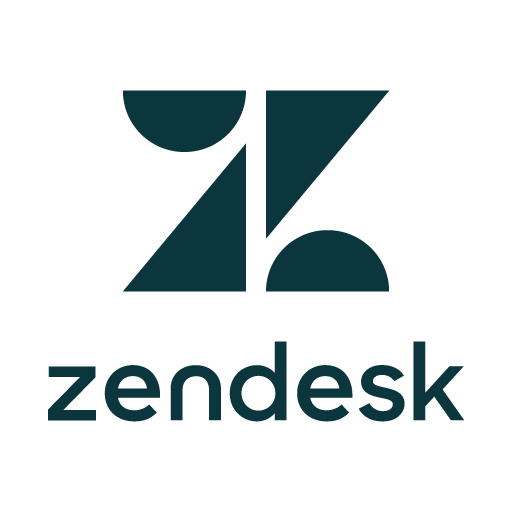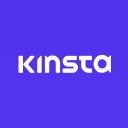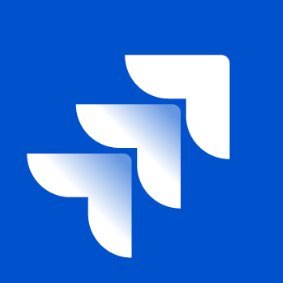How We Built And Launched A $100M Equity Crowdfunding Platform
Hello! Who are you and what business did you start?
My name is Howard Marks. I am the co-founder and CEO at StartEngine, a leading equity crowdfunding platform that allows everyday people to invest in startups and entrepreneurs to raise capital from the crowd.
Previously, I was the founder and CEO of Acclaim Games, a publisher of online games now part of The Walt Disney Company, as well as the co-founder of Activision Blizzard and Chairman of Activision Studios from 1991 until 1997. As co-founder, former Board Member, and Executive Vice-President, a partner and I took control in 1991 and turned the ailing company into the $50B market cap video game industry leader. As a games industry expert, I built one of the largest and most successful games studios in the industry selling millions of games.
I am also the 2015 “Treasure of Los Angeles” recipient, awarded for my work to transform Los Angeles into a leading technology city. I have also been named one of the 500 most influential people in Los Angeles by the Los Angeles Business Journal and...

Download the report and join our email newsletter packed with business ideas and money-making opportunities, backed by real-life case studies.

Download the report and join our email newsletter packed with business ideas and money-making opportunities, backed by real-life case studies.

Download the report and join our email newsletter packed with business ideas and money-making opportunities, backed by real-life case studies.

Download the report and join our email newsletter packed with business ideas and money-making opportunities, backed by real-life case studies.

Download the report and join our email newsletter packed with business ideas and money-making opportunities, backed by real-life case studies.

Download the report and join our email newsletter packed with business ideas and money-making opportunities, backed by real-life case studies.

Download the report and join our email newsletter packed with business ideas and money-making opportunities, backed by real-life case studies.

Download the report and join our email newsletter packed with business ideas and money-making opportunities, backed by real-life case studies.





















